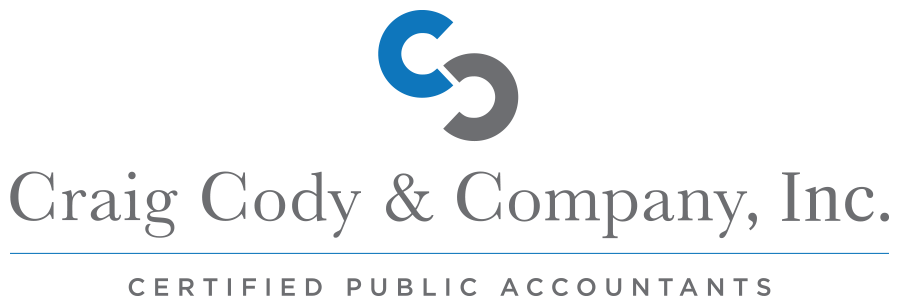In this solocast episode of the Progressive Dentist, I discuss additional ways to keep more of what you make by capitalizing on things like the home-office deduction, home athletic facility, health savings accounts, and medical expense reimbursement plans.
Home Office Deductions
It is a common misconception that a home-office deduction is a major audit-red-flag, but as long as your home office is well-documented and passes one of three tests, you should be golden. If you are unsure, the best way to tell if your home office meets the criteria for deduction is by determining whether or not it is your principal place of business. Another factor to consider is if your home office is used for meeting clients, patients, or prospects in the normal course of your trade of business. Lastly, your home office will qualify if it’s a separate structure that is not attached to your place of dwelling. Even if you meet one of these requirements, it is not necessarily enough unless you’re using it frequently.
To claim your home office as a principal place of business, you must use it exclusively and regularly for administrative or management activities in your trade of business, and you cannot have another fixed location that is used for the same purpose. Then, you calculate your usage percentage by dividing the square footage of your home office by the square footage of your home. The usage percentage allows you to determine your deductible expenses like real estate taxes, interest, utilities, and maintenance. However, there are other opportunities for deductions that most people don’t take like your vehicle expenses and a home athletic facility which can include a home gym, pool/maintenance, or even a tennis court.
Health Savings Accounts
Health savings accounts are tax-deductible savings accounts for paying health care costs that are not covered by insurance, and the concept is very simple. You have to choose a high-deductable health care plan to minimize your monthly premiums, then you create deductible savings accounts for routine medical costs. If all this is in place, eligible participants in an HSA are able to make their contribution all the way up to April 15th of that year.
Medical Expense Reimbursement Plan
Another planning tool that Craig Cody recommends is a medical expense reimbursement plan. This plan enables you to reimburse your employees, their spouses, and their dependents for uninsured medical costs, so you can deduct 100% of the health insurance premiums, Medicare premiums, qualified long-term care premiums, and supplemental medicare policies. This can be even more beneficial if one of your employees is a spouse, and your expenses are covered under their plan. The reason it is so effective is because this type of plan covers co-pays, deductibles, dentistry, orthodontics, fertility treatments, and even schools for children with disabilities.
When you take advantage of things like the home office deduction, home athletic facility, health savings accounts, and medical expense reimbursement plans, you can save a significant amount of money. Craig Cody recommends that you sit down with your CPA regularly to look at your expenses and figure out how you can keep more of what you make.
Please visit me at www.theprogressivedentist.com for more informative, money-saving podcast episodes like this one.
Newsletter
Subscribe to our Newsletter! Join our mailing list to receive the latest news and updates from our team.

